Leisure
- Libby Cunningham, Clinical Occupational Therapist
- 9 minute read
- Last updated: November 2023
Returning to the hobbies and interests that you enjoyed before your stroke can build your confidence and help you feel more like yourself. Start with hobbies and interests that are less physically demanding before trying the more strenuous ones. Take your time, and enjoy the process of rediscovering the things that you love.
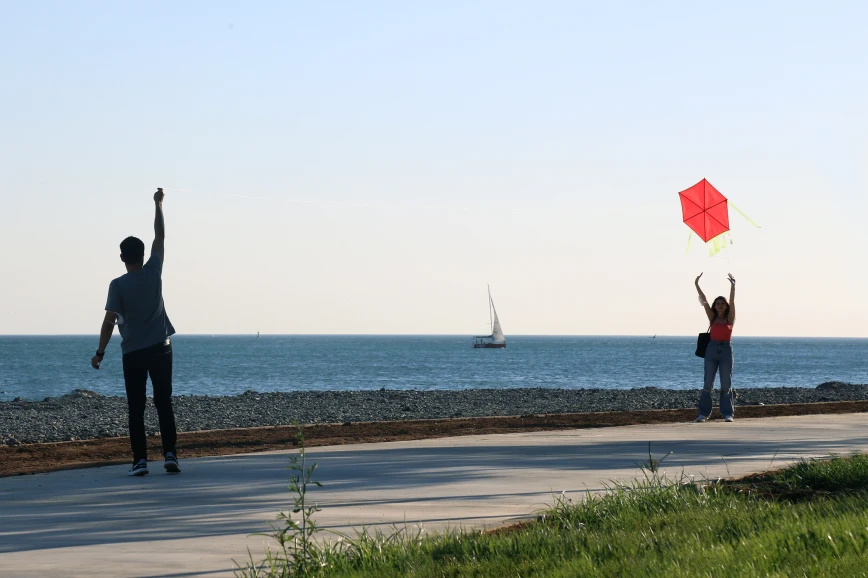
Medical disclaimer

Remember, always consult your healthcare team before engaging in any physical or mentally strenuous activities. They are best equipped to evaluate your specific condition and can provide tailored advice.
General advice
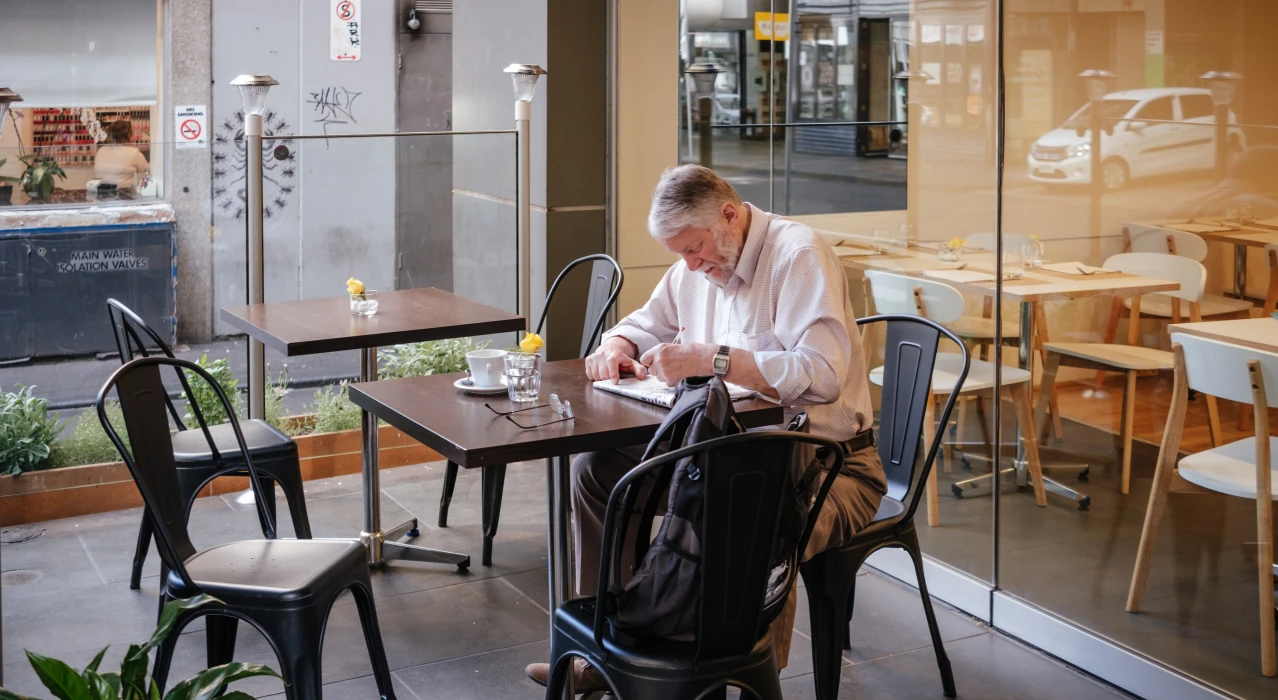
Start slowly
Consider starting with simple activities that don't put too much strain on your body or mind. This could include taking short walks, reading books, solving puzzles or crafting. Then, as you feel more comfortable, do them for longer periods or make them a bit more challenging.
Change things up
Depending on how your stroke affected you, you may need to find new ways to enjoy certain hobbies. For instance, if you used to play an instrument but have lost dexterity in one hand, you could try switching a different instrument.
Find support
Joining stroke support groups can be very helpful, as you will meet others who are in a similar situation to yourself. These groups often organise activities such as group bingo, cinema nights and walks. You get to try new things while connecting with people who understand the challenges you face.
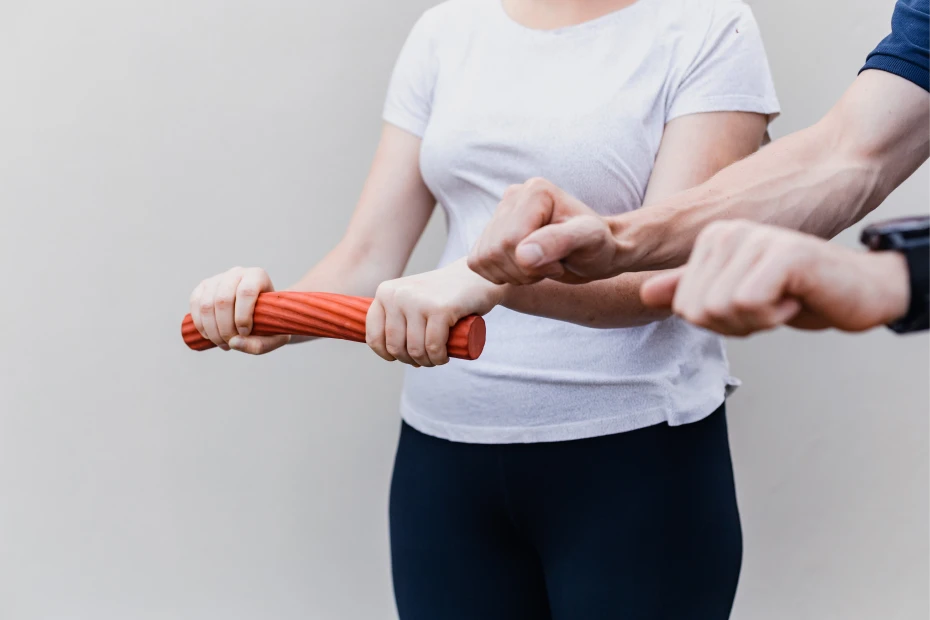
Occupational therapy
Occupational therapy can help you relearn the skills you need to get back to doing what you enjoy – for example, you may need to improve your hand flexibility so that you can knit again. Therapists can show you ways to build strength and improve coordination and suggest adaptions that will suit your skill level.
Adapt your environment
Make sure that your living space works for you. To make your home accessible, you may need to install handrails, widen doorways to accommodate mobility aids or rearrange your furniture to create more open spaces.
Be patient
Set realistic goals for your leisure activities. Recognise that your abilities may have changed, and your progress may be slower than before. Celebrate small achievements along the way, and be kind to yourself.
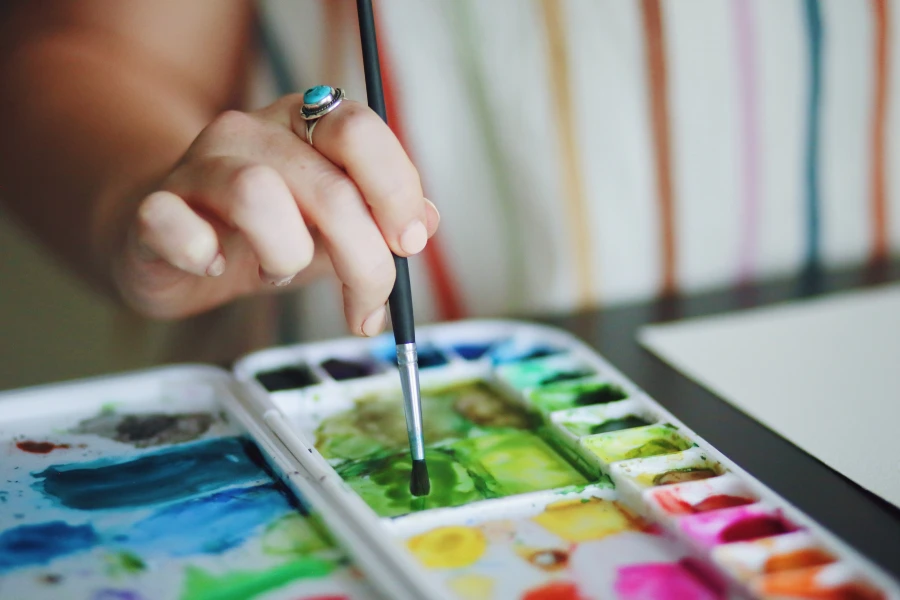
Explore new activities
Consider trying out new activities that are more suited to your current abilities and interests. Stroke can be an opportunity for you to discover new hobbies, such as painting, gardening, knitting or photography.
Involve friends and family
Ask friends and family to join you in your leisure activities. This can make things more fun and provide you with a support system. They can also help to motivate and encourage you as you rebuild your skills.
Golfing

Playing golf after a stroke can be rewarding and enjoyable. Before returning to the course, discuss your plans with your doctor or therapist. They will assess your physical condition, balance and coordination to figure out if you can play safely. They may recommend specific modifications or exercises to help you prepare.
Physical therapy
Physical therapy can help you get back the strength, flexibility and coordination you need for golf. A therapist can develop a personalised plan targeting the specific areas affected by your stroke. That could include balance training, range of motion exercises and golf-specific movements.
Start with short and easy course
Begin by playing on shorter and less challenging golf courses. This will allow you to gradually build up your endurance and skill level without getting overly tired or frustrated. Begin with courses that have mainly flat terrain.
Modify your equipment
Consider using special adaptive equipment or modify your existing gear to make playing easier. There are golf clubs with larger grips or longer shafts that can help if you have a limited range of motion or issues with grip strength. You could also consider using mobility aids such as a walking stick or a motorised golf cart.
Take breaks and pace yourself
Stroke recovery can be physically demanding, so it is essential to take breaks when you need them. Listen to your body and pace yourself during your round of golf.
Practice good warm-up and stretching routines
Before you play, warm up your muscles and stretch to reduce the risk of injury and improve your overall performance. Focus on stretching the areas affected by the stroke, such as the arms, shoulders and hips.
Learn or relearn golf techniques
If necessary, consult with a golf professional or coach who has experience working with stroke survivors. They can help you adapt your swing, improve your technique and offer tips to on how to optimise your abilities.
Double up
Play with a friend, so you can socialise as you exercise. They can also help you retrieve dropped clubs, carry equipment or provide support if you need it.
Stay hydrated and take breaks
It is important to stay hydrated during your round of golf. Carry water or sports drinks with you, and take breaks to rest and recharge.
Gym
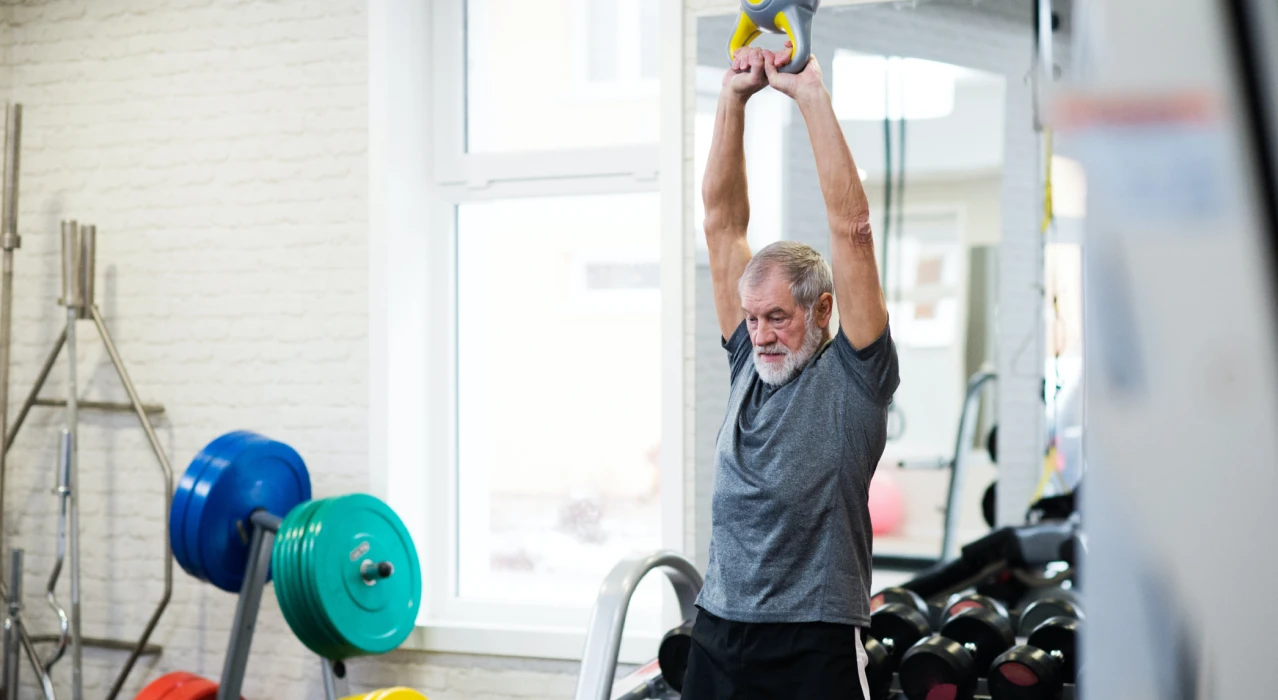
Depending on the type of stroke you had, you may need tailored advice before you return to the gym. Your doctor can evaluate your physical condition, provide guidance on exercise intensity and recommend specific exercises based on your abilities and limitations.
Ask the experts
Consider working with a physical therapist or a certified personal trainer who has experience helping stroke survivors. They can assess your specific needs, develop a customised exercise plan and guide you in using proper form and techniques during your workouts. They can also help you progress gradually so as to avoid injury.
Start with low-impact exercises
Begin with low-impact exercises that focus on improving your strength, balance, coordination and flexibility. This could include stationary biking, treadmill walking, resistance training with light weights or resistance bands and stretching exercises. Gradually increase the intensity and length of your workouts as you gain strength and endurance.
Core and balance exercises
Stroke survivors often experience challenges with balance and stability. Exercises that focus on core strength and balance can help improve your overall stability and reduce the risk of falls. Examples include single-leg stands and standing balance exercises.
Modify exercises as needed
Depending on how you were affected by the stroke, you might need to modify certain exercises. For example, if you have limited mobility or weakness on one side, you could try using resistance bands or machines that allow you to isolate and strengthen specific muscle groups.
Listen to your body
Pay close attention to how your body responds to exercise. If you experience pain, dizziness or extreme fatigue, stop and rest. Pushing too hard can be damaging. Adjust your workout’s intensity and duration slowly and over time.
Stay hydrated and take breaks
Make sure to drink water before, during and after your workout to stay properly hydrated. Take regular breaks to rest and recover between exercises or sets.
Safety first
Be mindful of your safety while at the gym. If necessary, use supports such as handrails for stability while walking or using equipment. Tell gym staff about your condition and ask for assistance if you need it.
Be patient and celebrate progress
Stroke recovery is a gradual process, and results may be different for everyone. Be patient with yourself and celebrate even small improvements. Consistency and perseverance are key.
Reading

It may take time to regain your previous reading abilities, but with effort and practice, they should continue to improve. Your healthcare team or speech and language therapist will be able to give you personalised guidance and strategies as you return to reading. Be patient with yourself, celebrate small achievements and don't be discouraged by setbacks.
Start with shorter and simpler texts
Begin with shorter books or articles – they are easier to read and require less concentration. This will help you build up your reading stamina gradually.
Choose larger print or an e-book
If you struggle with vision or visual processing, consider books with larger font sizes, or use an e-reader that allows you to adjust the text size. This can make reading easier and more comfortable.
Use assistive technology
Technology can be a valuable tool as you return to reading. Text-to-speech apps or screen readers can read the text aloud for you. This allows you to follow along visually and makes the content easier to take in. If you have vision issues, there are also apps and devices that can magnify text.
Take breaks and pace yourself
If you find reading tiring, or if you have difficulty focusing for long periods, take regular breaks and pace yourself. Set realistic goals, and don't be discouraged if you need to read in shorter bursts. Gradually increase the time you spend reading as your stamina improves.
Get support
Consider joining a book club or finding a reading partner who can share the reading experience with you. Discussing the book can boost your enjoyment and also provide a social outlet.
Try audiobooks
If reading visually becomes challenging, you can still immerse yourself in stories and knowledge by listening to audiobooks.
Consider reading therapy
If your reading abilities have been significantly affected by a stroke, consider working with a speech and language therapist who specialises in language difficulties. They can provide reading therapy exercises tailored to your needs, helping you regain reading skills and improve your language comprehension.
Apps and resources
There are a variety of apps and websites that offer interactive reading experiences. They often include features like on-page dictionaries, real-time text highlighting and interactive comprehension exercises. Click the link below to find useful apps, podcasts and articles on this website.